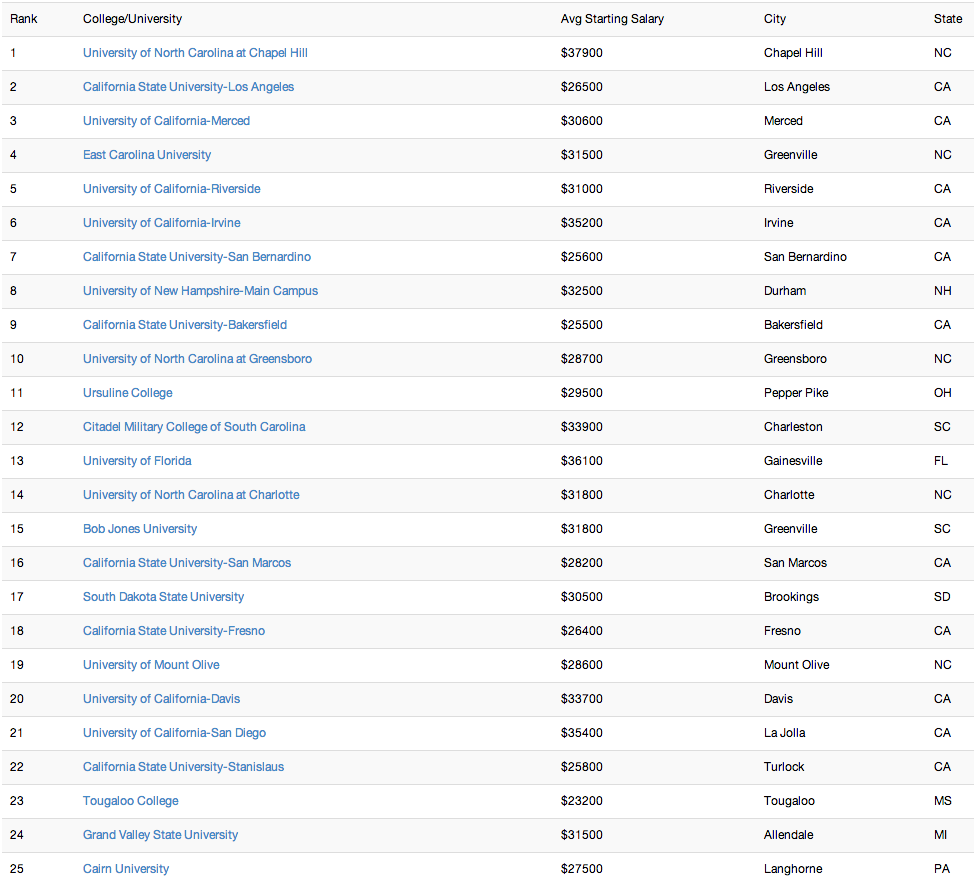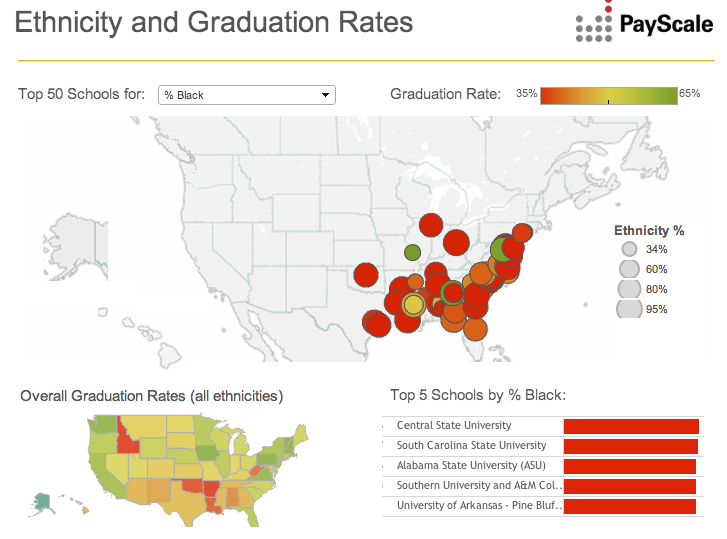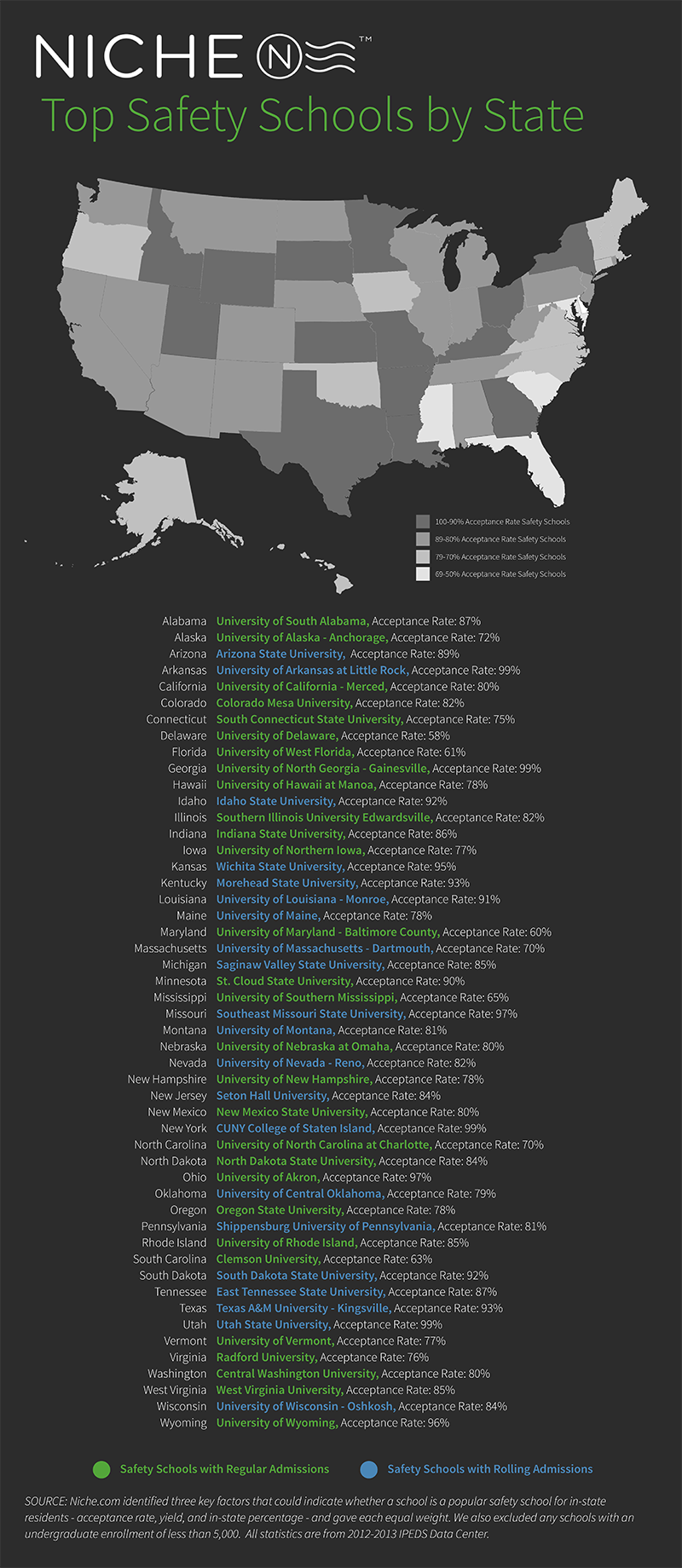
It’s not easy to quantify how much a college degree is worth in dollars. While we know that college graduates make $830,000 more by retirement on average than their less-educated peers, that number can vary widely by individual, college, major and more.
And of course, there are many intangible benefits to going to college. But with costs topping $60,000 at some colleges and continuing to rise, more students and families are realizing they need to consider a college’s future value when determining where to invest their tuition dollars.
A new college-ranking system makes that easier by ranking colleges based on how much better off graduates are financially once they earn a degree.
Many of the nation’s top universities, such as Harvard, Stanford and Duke, are lauded for having need-blind admissions policies, meaning they don’t take into account a student’s ability to pay for college when making admissions decisions. These schools say the policy a way to make sure the best students are accepted because of their merit, […]
With college tuition rising every year and student debt at an all-time high $1.2 trillion, it’s not surprising that students and families have begun to question whether college is actually worth the cost.
Most likely due to high costs, high school graduates are choosing to forgo college in favor of working. But at what cost?
It’s an age-old question that’s been debated by philosophers from Socrates to The Notorious B.I.G.: Does mo’ money equal mo’ problems? It just might, if that money is being taken out to pay for college. Graduates with student debt are less happy Many students and families think that attending a prestigious, well-known college is the […]

While most in the media tend to focus on ultra-low acceptance rates of Ivy League colleges, in reality, most colleges aren’t nearly that competitive.
In fact, at most public and private colleges, the acceptance rate is over 50%.
According to the National Center for Education Statistics, 84% percent of public colleges admit at least half of all students who apply, and 80% of all private, not-for-profit colleges do.
And these less competitive colleges enroll significantly more students than the small number of schools that have lower acceptance rates.
Tennessee may be known for its great weather, country music and being Elvis’s hometown, but that might soon change.
According to ThinkProgress, in April, Tennessee lawmakers passed a bill that will make tuition free for all high school graduates who go to a two-year college as long as they meet the requirements of the “Tennessee Promise” program.
As part of the program, after graduating from high school, students will have to maintain a 2.0 grade point average, attend mandatory meetings, work with a mentor, and do community service. As long as they fulfill these obligations, their college education is free.

Choosing the right college can be tough. With over 3500 colleges in the United States, finding that perfect match–let alone paying for it–is no easy task.
The folks at PayScale have put together an interesting interactive map that shows the top colleges for different ethnic groups, along with their graduation rates, locations and returns on investment after 20 years.
College admissions offers are out–and despite college applications being down at some colleges, it was a tough year to get into college.
Especially if you applied to Stanford. The college accepted a record-low 5 percent of its applicants this year.
Applicants to other top colleges like Yale University, the University of Chicago and the Massachusetts Institute of Technology didn’t have it much easier. The colleges accepted 6.3, 8 and 8 percent of applicants, respectively.

Many top colleges received fewer college applications this year than in previous years. This has alarmed some education advocates worried about students not graduating high school, going on to college and getting their degrees.
Even the elite Ivy League colleges aren’t immune to this trend. Applications at Dartmouth College declined a whopping 14% for the Class of 2018 and were down 2.1% at Harvard University.

‘Safety schools,’ or colleges considered back-ups to students’ top choices, get a bad rap.
But as many students have found, attending a college that isn’t your first choice can be a great way to save money and avoid student loan debt.